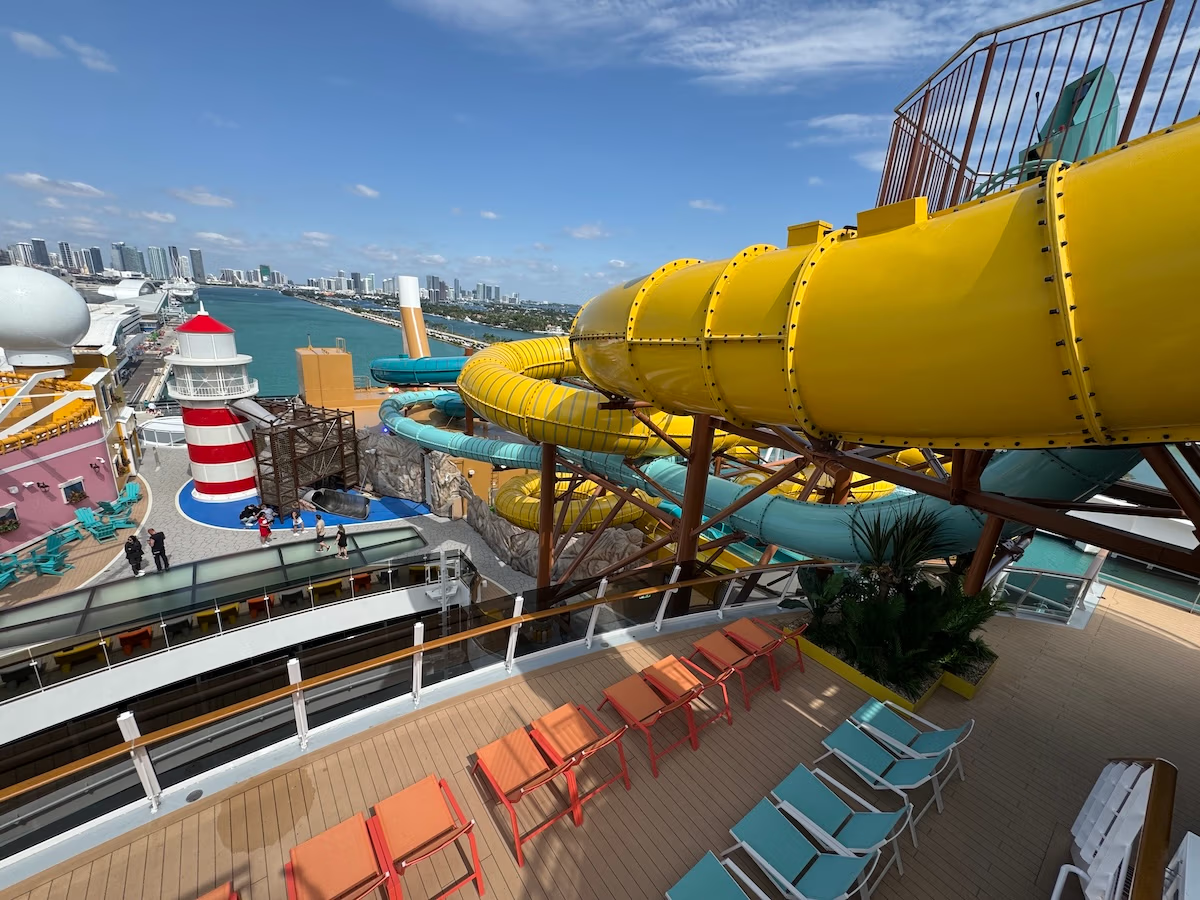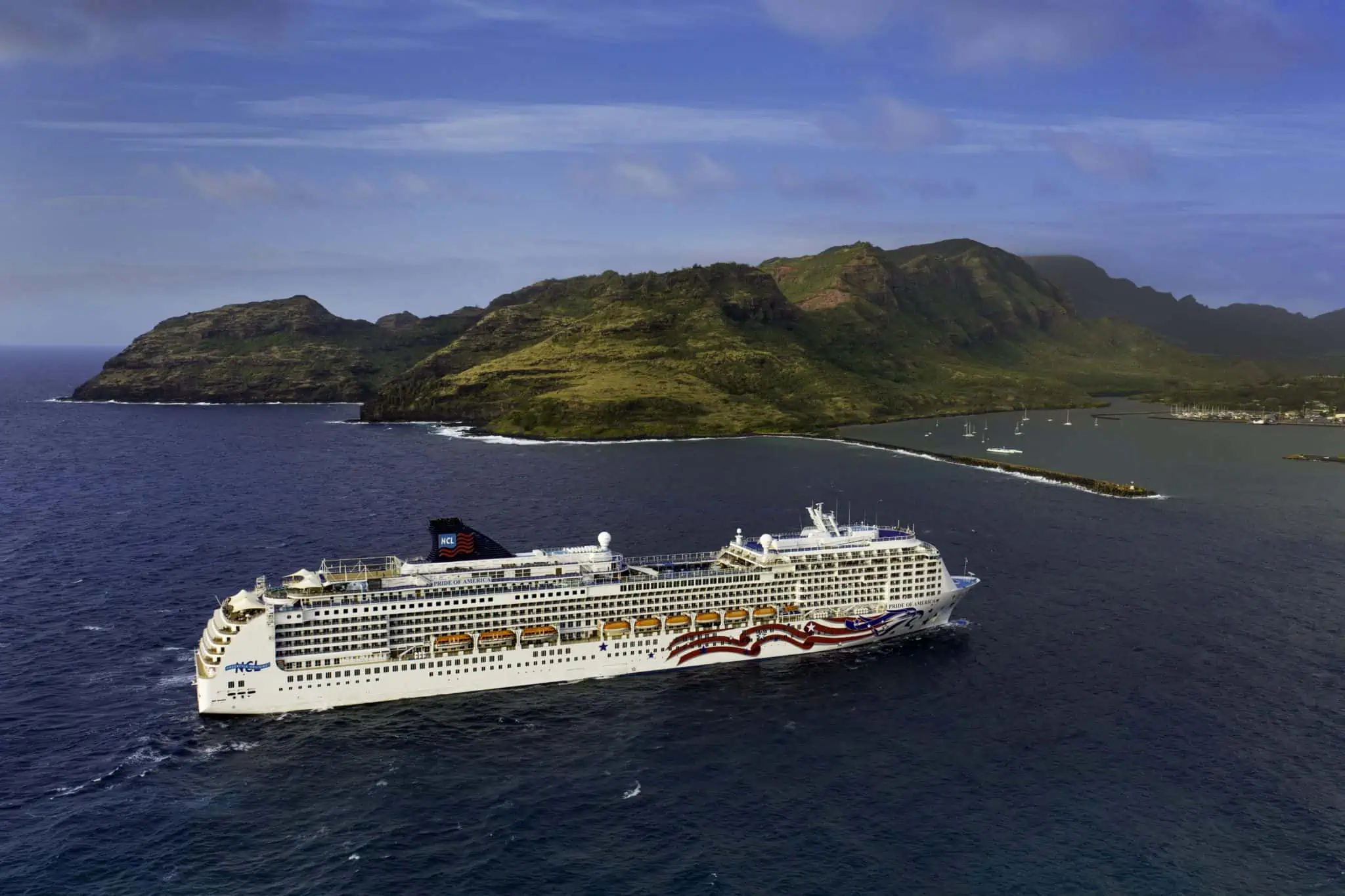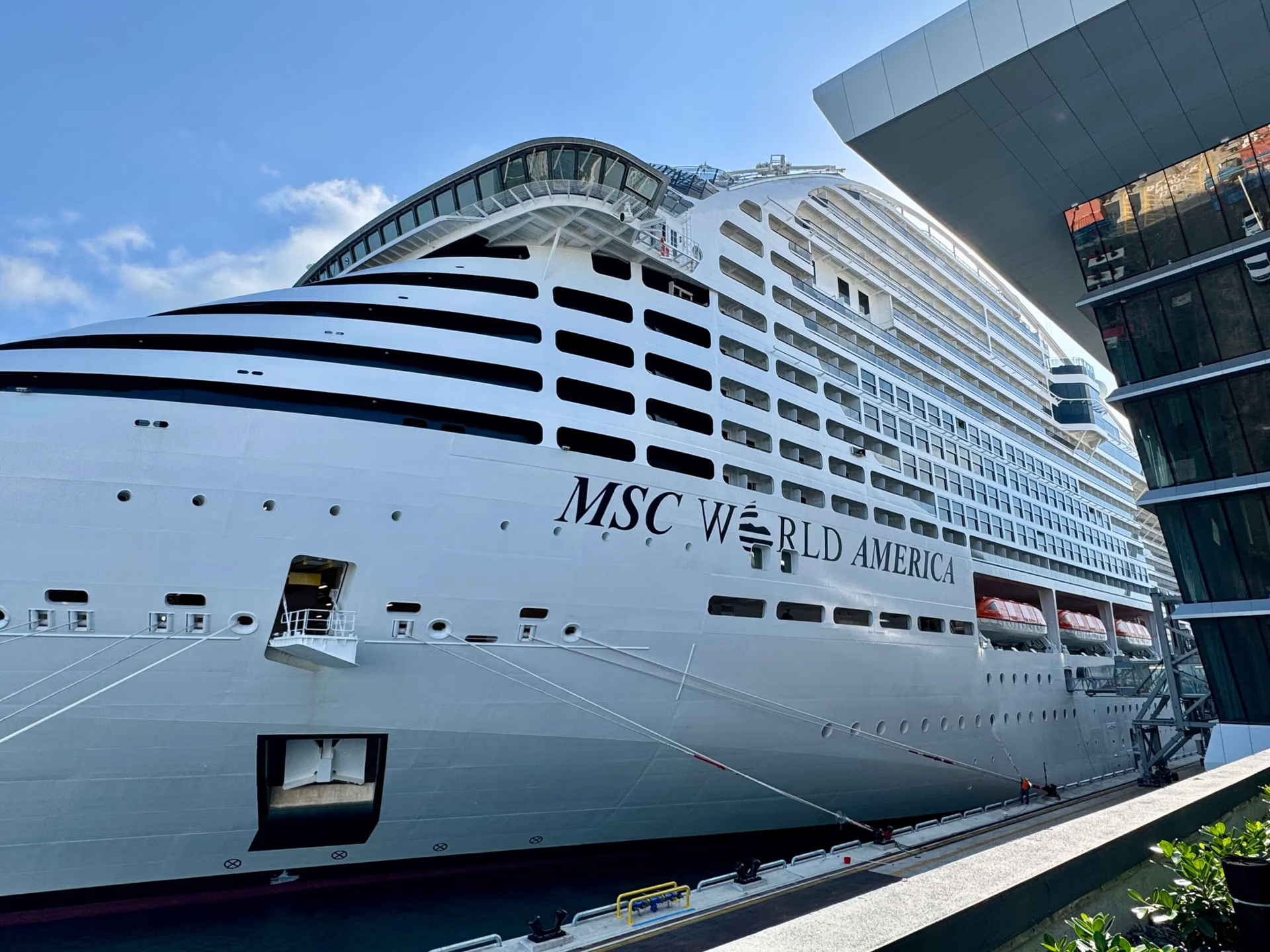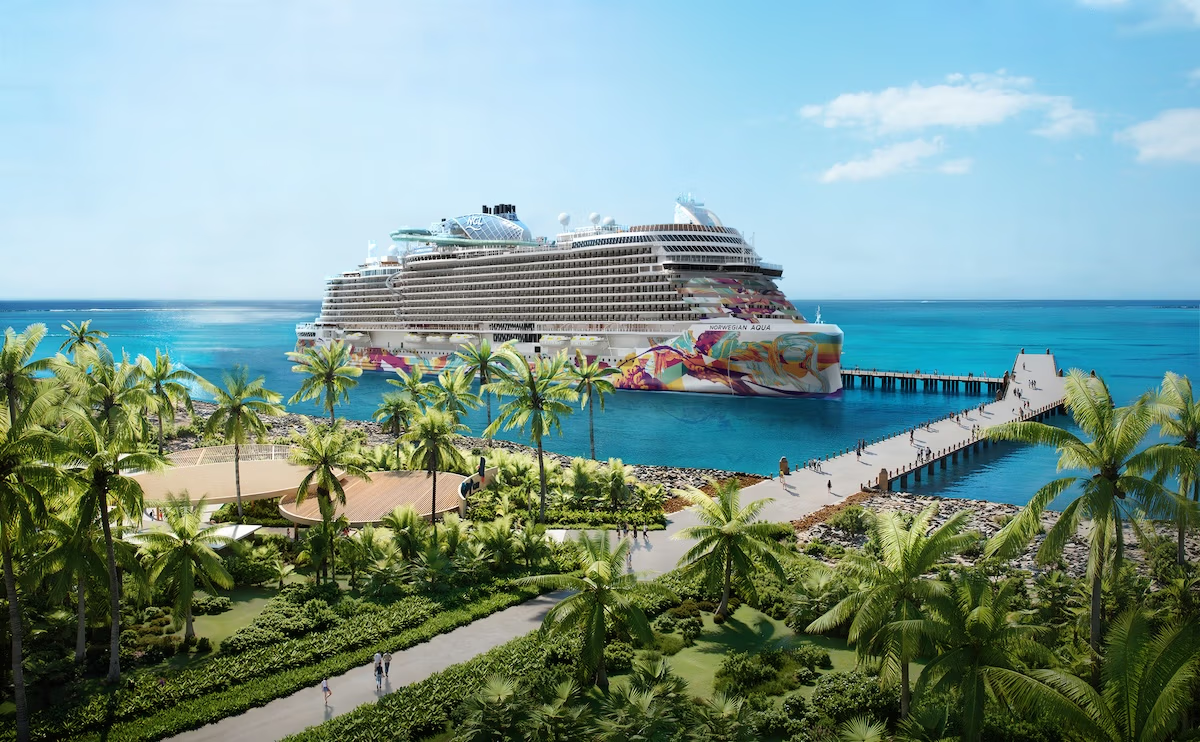A cruise fee hike is leading to widespread port call cancellations in Iceland.
The new cruise fee increase at the start of 2025 is causing cruise lines to ditch calls. Iceland’s national broadcaster RÚV reports dozens of planned port calls have been canceled for 2025.

Each call is now subject to 2500 ISK ($18) per passenger. This equates to a five-fold increase on the existing Accommodation Tax, Port officials cite the lack of adequate notice as the main reason cruise lines are skipping Iceland.
MSC Cruises Threatens to Pull Iceland From Itineraries

MSC Cruises says it could be a deal breaker for future Iceland cruises. In a letter to Akureyri Port, the cruise line’s Port Operations Director Francesco de Curtis wrote: “This new proposed infrastructure fee is at a level where it could affect the viability of Iceland in our future itineraries and plans.”
The “significant new tax will likely affect or put at risk the presence and contribution of cruise tourism to local Icelandic communities, businesses, and its economy.”
Akureyri expects 44 fewer ships docking fewer calls this year so far, while the Westman Islands and Grundarfjörður have also reported cancellations. Overall, Iceland currently expects 80 fewer cruise ship calls than previously planned in 2025. Some cancellations have also been confirmed for 2026.
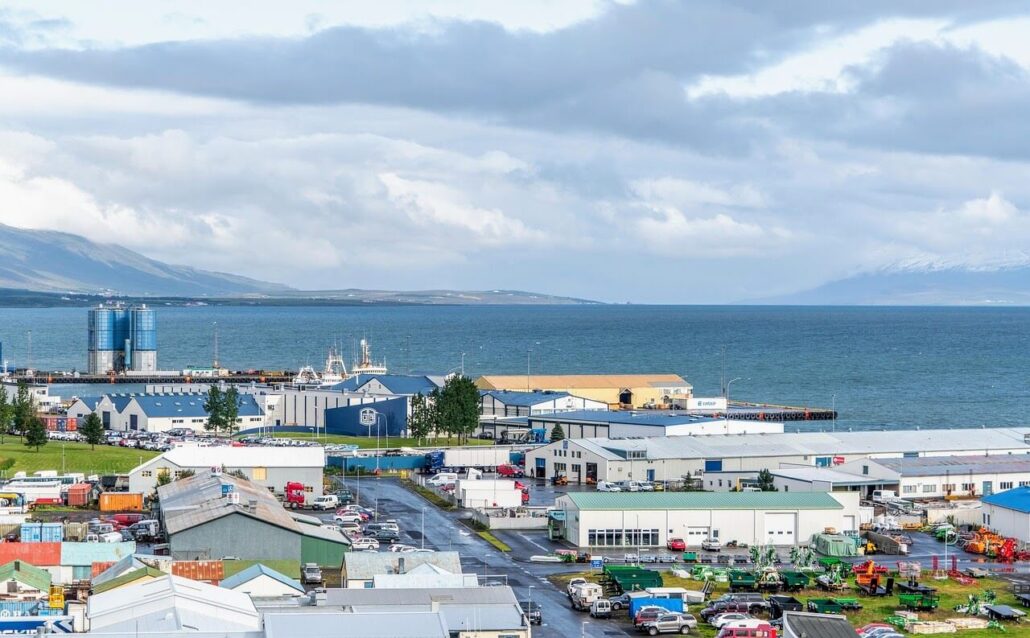
“It’s reasonable for this industry to contribute but it must be implemented with adequate notice,” Sigurður Jökull Ólafsson, Chairman of Cruise Iceland told RÚV. The association says the government will have to revise its target of generating 1.5 billion ISK ($10 million) it predicted with the fee increase.
Cruise Iceland is not against the fee increase but said it should be implemented gradually “so it wouldn’t hit operations as hard as it does now.”
A New Trend?
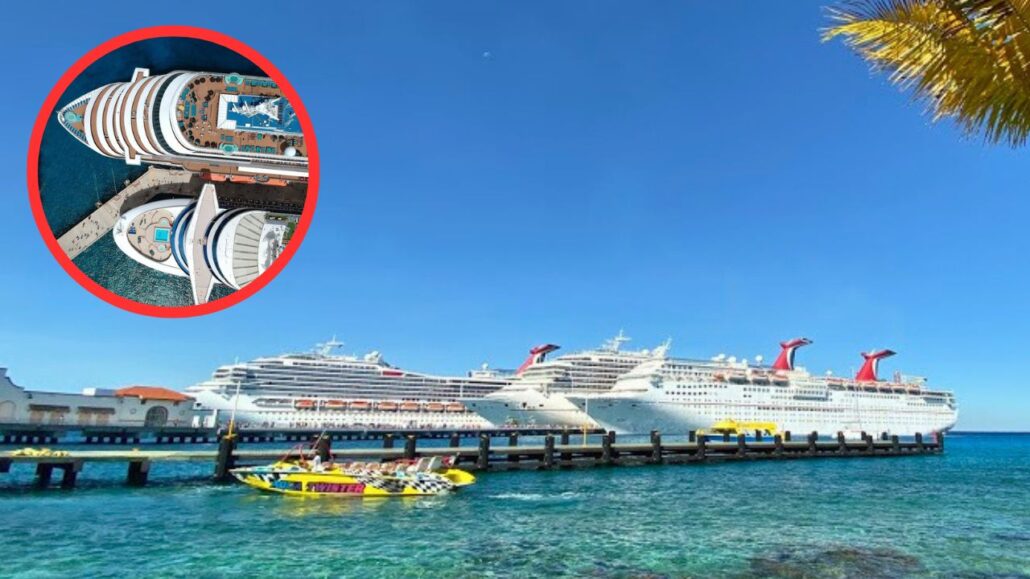
The trend of increasing cruise passenger fees is not unique to Iceland, as other destinations have announced similar hikes for 2025. Mexico plans to implement a $42 immigration tax per cruise passenger, raising concerns about its impact on the cruise industry.
In Greece, a €20 (approximately $22) fee for visitors to islands like Santorini and Mykonos aims to combat overtourism and fund infrastructure upgrades. The U.S. Virgin Islands will raise port dues and wharfage fees in the St. Thomas–St. John district to support dredging and marine operations.
Meanwhile, Haines, Alaska, will introduce its first cruise passenger fee of $9 per person, with increases planned in future years to fund port maintenance and infrastructure.


